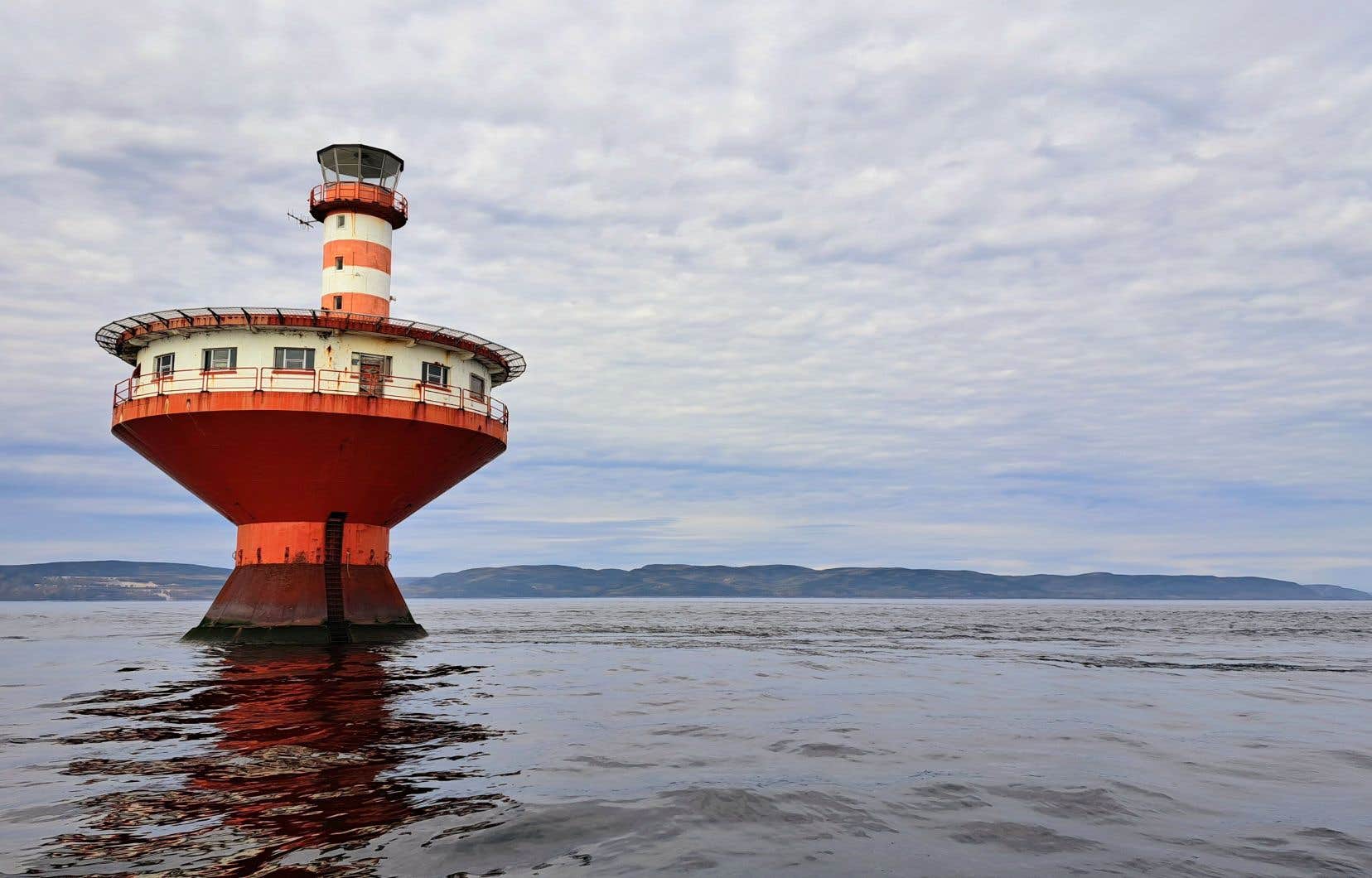One year after the conclusion of a global agreement supposed to lead to better protection of biodiversity, Quebec still has a lot to do if it hopes to achieve the conservation objectives of natural environments and threatened species. But environmental groups believe that the province has the means to set an example and the government wants to be reassuring for the coming years.
“The year 2024 will be decisive for achieving the objectives of the global biodiversity framework. We are still a good distance from the targets, but we have significant resources to achieve some of the objectives. It will therefore take strong leadership from the government so that all ministries adhere to the objectives, such as that of land protection,” summarizes the general director of the Society for Nature and Parks of Quebec (SNAP Quebec), Alain Branchaud.
According to official data, approximately 17% of Quebec’s natural terrestrial territory is currently protected, or approximately 257,000 km2. Regarding marine environments, we are talking about 10%, with a little more than 16,000 km2. However, the objective to which Quebec adhered and which is included in the Kunming-Montreal agreement adopted on December 19, 2022 at the international conference on biodiversity (COP15) plans to increase, in both cases, the protection rate to 30% by 2030.
This means that Quebec will have to add more than 200,000 km2 of terrestrial territories protected by the end of the decade, but also at least 30,000 km2 of protected marine territories.
Some progress has also been made in 2023 with the addition of around 3,000 km2 “placed in reserve” in the southern portion of the province, particularly in Bas-Saint-Laurent and Outaouais. “But we will have to accelerate the pace to reach 30% in 2030. At the current rate, we will not reach this target,” warns Alain Branchaud.
The caribou “test”
The biologist believes that Quebec will have to “innovate” to achieve this. “We could, for example, protect ecosystems rich in carbon, particularly in the James Bay region, to prevent this carbon from being released into the atmosphere. And we should also work more with First Nations. »
Changing the paradigm would also, according to him, ensure a more serene climate for economic development. “If we protect as a priority what must be protected, we give ourselves the means to ensure a certain predictability for the realization of industrial projects. Currently, we rather have conditions conducive to clashes,” he notes.
The case of the forest caribou clearly illustrates this clash between the industrial forestry status quo and the need to protect biodiversity, but also forests which are allies in the fight against the climate crisis. To stop the decline, it is estimated that at least 35,000 km2 of forests should be protected quickly.
For the general director of Nature Québec, Alice-Anne Simard, the still-awaited deer protection strategy will also serve as a “test” for the Legault government. “Is the desire to protect endangered species just empty words? We will have to see what will be proposed for the caribou, which is an emblematic species. If we cannot better protect it, what are we going to do with lesser-known species that are also threatened? » she argues.
Mr. Branchaud and Mr.me Simard therefore insists on the need to increase the “coherence” of government action. As part of the race to meet the objective of protecting 17% of the territory before the end of 2020, the government had ruled out dozens of protected area projects, several of which had been blocked by economic ministries. “The main obstacle to the protection of land territory is the interministerial consultations which lead to brakes imposed by other ministries,” deplores Alain Branchaud.
The river protection project Magpie, for example, had been set aside in order to preserve its hydroelectric potential. And several projects in different regions were simply unfeasible due to the blockage caused by the existence of mining exploration permits. In this case, the situation is even worse today, since the number of mining titles has truly exploded in recent years.
Stopping the decline
However, the Kunming-Montreal agreement clearly emphasizes the need to curb the loss of natural environments and the decline of endangered species. In this context, Alice-Anne Simard deplores the completion of the Northvolt factory project on a land that is home to rich biodiversity. “We must ensure that the energy transition does not worsen the biodiversity crisis. »
We must ensure that the energy transition does not worsen the biodiversity crisis.
She also recalls that the objective of stopping the loss of wetlands, although enshrined in legislation since 2017, is still not a reality. Actually, less than 40% of 15,000,000 m2 of wetlands and bodies of water lost since that date have been filled, according to a report published in April by the Commissioner for Sustainable Development.
Environmentalists nevertheless welcome the progress made in Quebec since COP15. Mme Simard and Mr. Branchaud cite as an example the development of the “2030 Nature Plan”, which should be presented in the coming months and which should guide the government’s actions so as to “act on the threats weighing on biodiversity”. The government also revised the Planning Act to allow municipalities to protect natural environments without fear of prosecution.
In an effort to cooperate with the Trudeau government, Quebec is also working on the Saguenay Marine Park expansion project –Saint Laurent and on a project of creation of a new marine park. This would be located in the Gulf of Saint Lawrence, between Anticosti Island and the North Shore.
“We are convinced that we can achieve our objective of protecting 30% of natural environments by 2030,” assures the Quebec Minister of the Environment, Benoit Charette, in a written response to the Duty. He recalls that the CAQ government has made significant progress to reach the target of 17% in 2020. “Quebec is rich in its biodiversity and the actions we are carrying out clearly demonstrate the importance we attach to it,” adds the minister. .
